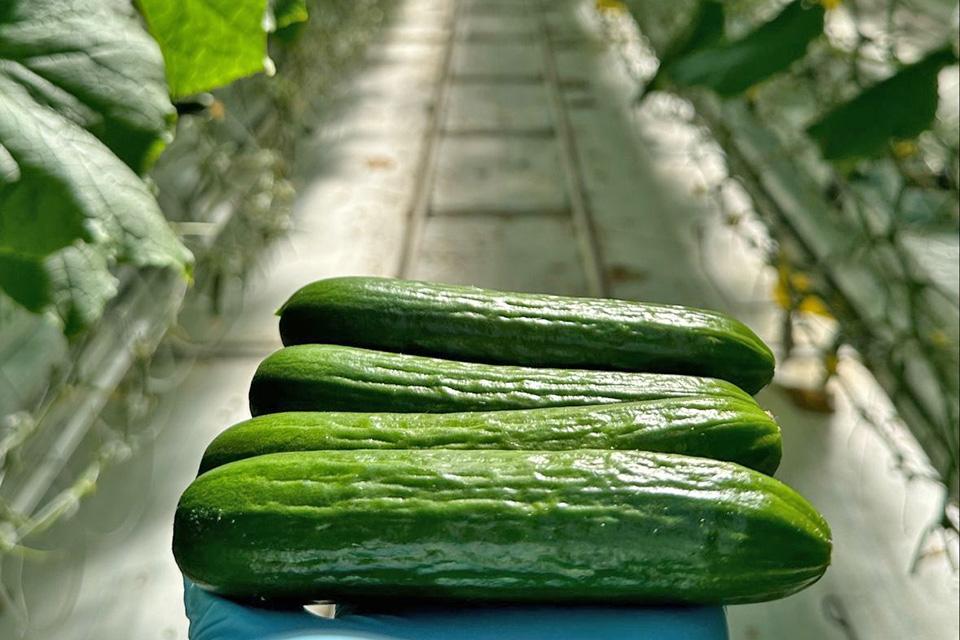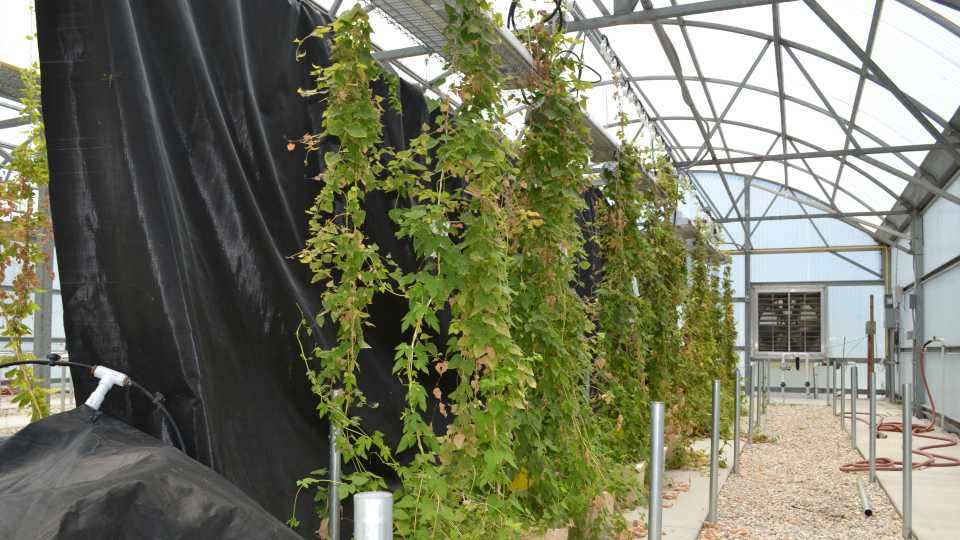Herbicidal Injury Not Easy To Spot
Perhaps no one is as familiar with the effects of herbicide injury on fruit and vegetable crops as Tom Lanini. Of course, he’s probably one of the only guys around who actually sprays such high-value crops with herbicide every year. But, figures the University of California-Davis weed ecologist, what better way is there to learn exactly what the symptoms of herbicide injury look like?
Mercy Killing
In other words, Lanini is killing off small plots of many different fruit and vegetable crops so that (hopefully) growers will not. Herbicide drift injury is one of the more misdiagnosed problems growers face. In fact, Lanini estimates that less than half of the time a grower calls him out with what he believes is herbicide drift injury does it actually turn out to be the case.
Something Completely Different
Or, what you think might be drift injury might not be herbicide-related at all. Sometimes it’s simply the weather that’s to blame. Frost injury can look remarkably like herbicide injury a few months down the line. Or the crops are killed with kindness, as in too much irrigation. The roots are flooded for too long, and then die off for lack of oxygen.
Other symptoms that will look like herbicide injury later on as the crop begins to really leaf out are actually due to nutrient deficiencies. Iron deficiency is perhaps the most common, but deficiencies of other nutrients, such as manganese, could be the culprit. Another commonly confused problem is simply a virus. Others are more unusual, such as the time that Lanini realized the damage to one roadside crop was from nearby sandblasting.
The message is that even the most savvy grower can be fooled.









